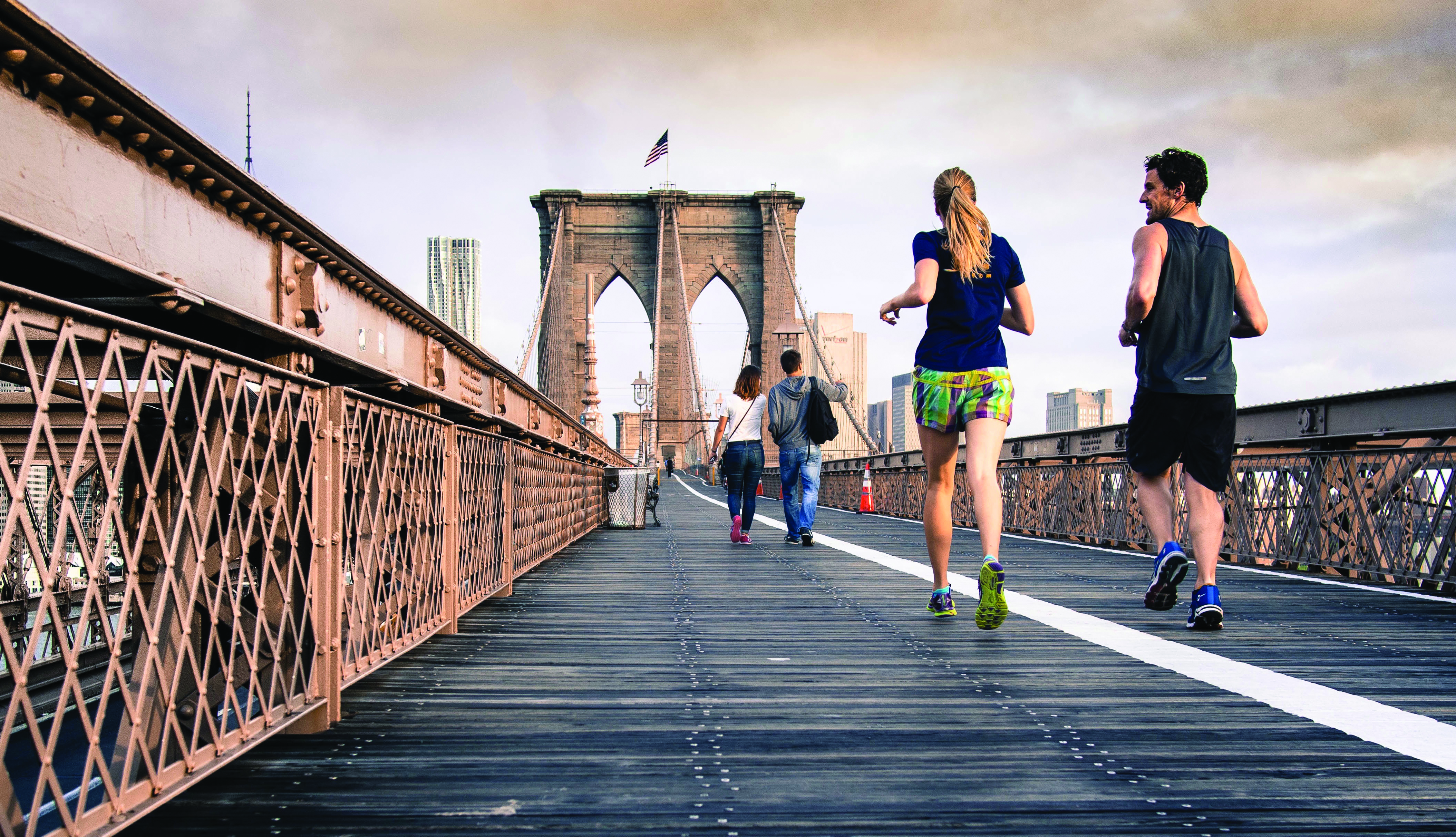My name is Nick Pringle, I am a Graduate Sports Therapist and I have recently joined the team at Bury Osteopaths. Here I work in a multidisciplinary team of Osteopaths providing assessments, treatment and prescribed exercise programmes to a wide range of clients from acute to chronic, sports and occupational injury management, advice and treatment.

One common condition that comes through our door is runner’s knee pain and so I thought I’d share my advice, possible causes and what you can do as a runner to help stay on your feet!
Knee pain
Knee injuries are the most common injuries suffered by runners (42% of running injuries are knee injuries) and so if you fit in to this category then you should know that you’re not alone and there’s a lot you can do about it. These injuries occur at all levels of running, novice to elite, no matter what age, experience or performance level. Novice runners suffering from knee injuries varies between 37 and 56% per year which approximately calculates to 7 injuries per 1000 hours of running.
Pain in the knee could be because of a number of conditions such as Patellofemoral Pain Syndrome, IT Band Friction Syndrome, Osgoods Schlatters, Cartilage damage, Osteoarthritis, Patella tendonitis and many others. But for some runners, the pain that we experience may well just be issues in the tissues. Tissues in our body make up things such as bone, tendons, ligaments, muscles etc. We feel pain when the tissues in our knees are damaged as well as when they are irritated – and so pain doesn’t mean injury! The pain could be telling us that we are overloaded, there are altered biomechanics, or that there’s muscle weakness etc.
Causes
Research suggests that there is a vast spectrum of probable causes as to why you’re experiencing knee pain whilst running.
About 50 to 75% of running injuries are because of overloading, increasing the intensity or frequency too fast
Injuries due to the constant repetition of the same movement
Lack of running experience
A history of running injuries is a significant factor
Lack of/incorrect warm-up and stretching exercises
Muscular imbalance/weakness
Restricted range of motion
Instability of running pattern
Treatment
Conditioning, correct rehabilitation, early recognition of symptoms and attempting to reduce the risk of injury is imperative if you wish to continue to run.
Seek medical advice –
I would always advise to have your injury checked out as one runner’s injury may be different to the next. Our bodies are different and you may need specific treatment tailored to you
Settle the symptoms –
If there are inflammatory symptoms use the POLICE method. Protect, Optimal Load, Ice, Compression and Elevate. Optimal Loading – to help with any tissue repair and to keep you on your feet consider how much you are running, is it too much or is it too little. A correct mixture of loading and rest is an important process of recovery. Additional treatments such as massage and taping may help resolve the symptoms too.
Stretch –
As a runner you should know how important it is to stretch often. There are generic areas to stretch but if you’re tight in a particular area then you should be doing all you can to help increase the flexibility. Common tight muscles include calfs, quads, hip flexors, IT band and hamstrings.
Strengthening –
Weak muscles can cause many problems such as poor patella tracking and tightness in the surrounding structures. Therefore I would advise as soon as the area is pain free – strengthen! Consider strengthening your glutes, quadriceps, calfs, and adductors. Strong muscles will not only help with performance and running economy, but will also help spread the impact of running across a bigger surface area, help biomechanically and give you more control.
Stability –
Poor stability and balance may alter your running technique causing some areas to work harder than they should be which results in overloading and pain. I’d recommend to increasing your balance and proprioception to help your stability during running.
Biomechanics –
I always advise to have your gait analysed by a professional. Your running technique may be causing some discomfort or pain. You can attempt to reduce your leg stride or leg frequency to help unload the knee. Or simply change the speed, surface or gradient of your route. Another major factor with running pain free is good footwear. It’s recommended to change your running shoe after approx. 300 miles of running, and find out whether you need insoles or not.
Rehabilitation –
Seek a specific rehabilitation programme tailored to your condition so that you can, not only progress towards running pain free, but also improving your performance and become a better runner.
For further advice, information, assessment or treatment please don’t hesitate to get in contact with me using the information below:
Nick Pringle
Bury Osteopaths
www.buryosteopaths.co.uk
Call 01284 769153
Email
appts@buryosteopaths.co.uk

